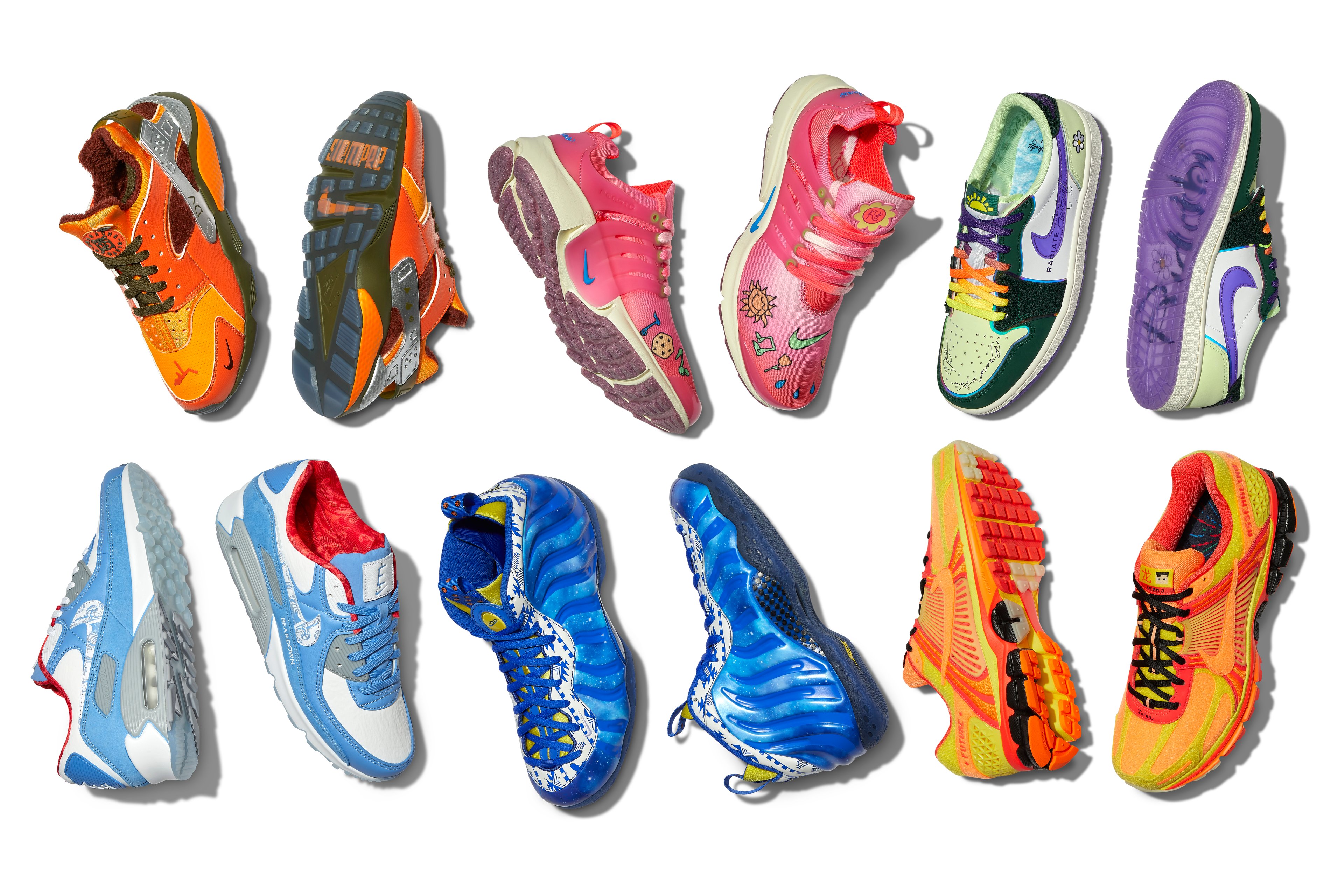Nike (NKE 1.12%) has a strong business and brand, but it's facing plenty of challenges right now. Consumers are tightening up on spending, supply chain issues have impacted its inventory, and investors are feeling bearish on the company as a whole with shares of Nike down 8% this year.
How the iconic sports apparel maker performs during the rest of the year could depend on whether the following three trends continue to be a problem. Let's take a look at each:
1. Digital sales growth has been declining
Over the past few years, businesses experienced a surge in online spending as lockdowns and restrictions during the pandemic kept consumers out of stores. Nike's online sales growth rate has been no different -- posting impressive numbers in recent years. However, that growth has been trending down.

Data source: Company filings. Chart by author.
While the growth rate hasn't dipped below 10%, it's not much higher than that now. Weakness in online sales could spell trouble for Nike's top line, which grew by just 5% for the period ended May 31. There's not a whole lot of room for error, and a drop in online sales may be a sign that demand as a whole is also diminishing.
2. Inventories are rising
Supply chain issues during the pandemic impacted inventory levels for retailers. And even as those problems have seemingly subsided, that excess inventory remains a problem for Nike. The company reported $8.5 billion worth of revenue on its books last quarter, and while that's down from previous periods, it's far higher than the $6.9 billion it had just two years earlier.

Data source: Company filings. Chart by author.
An excess of inventory is bad news for retailers because it means the product has been sitting there for a while. And a stale product is one that may need a discount to get it sold and out the door. Reducing prices isn't a great option for Nike, especially since its margins have also been deteriorating.

NYSE: NKE
Key Data Points
3. Profit margins are falling
A couple of years ago, Nike was comfortably posting profit margins in excess of 10%. Last quarter, however, net income of just over $1 billion was only 8% of the company's total revenue ($12.8 billion). The company's operating overhead expenses rose by 10% as a result of wage-related costs. And if Nike can't offset that with higher prices, these margins could continue to worsen, especially given the inventory that's sitting on its books right now.

Data source: Company filings. Chart by author.
Worsening margins can be a big problem because that means even if sales rise, they may not have a big impact on the bottom line. Last quarter, for instance, sales grew by 5% but the company's gross profit only rose by 2%. And after factoring in operating and other expenses, pre-tax income was down 9%. Deteriorating margins combined with slowing sales growth could level the business with a problematic one-two punch that could hurt its valuation.
Should you invest in Nike stock?
Nike's stock is currently trading at 34 times its trailing earnings. For a business facing many headwinds right now, that's a steep premium for investors to be paying for the growth stock. Nike does have a strong brand but slowing sales and tighter margins could lead to worse results, and thus, a falling share price in the months and quarters ahead.
For all these reasons, I'd avoid the stock for now as there's too much uncertainty facing the business to justify its hefty price tag.





